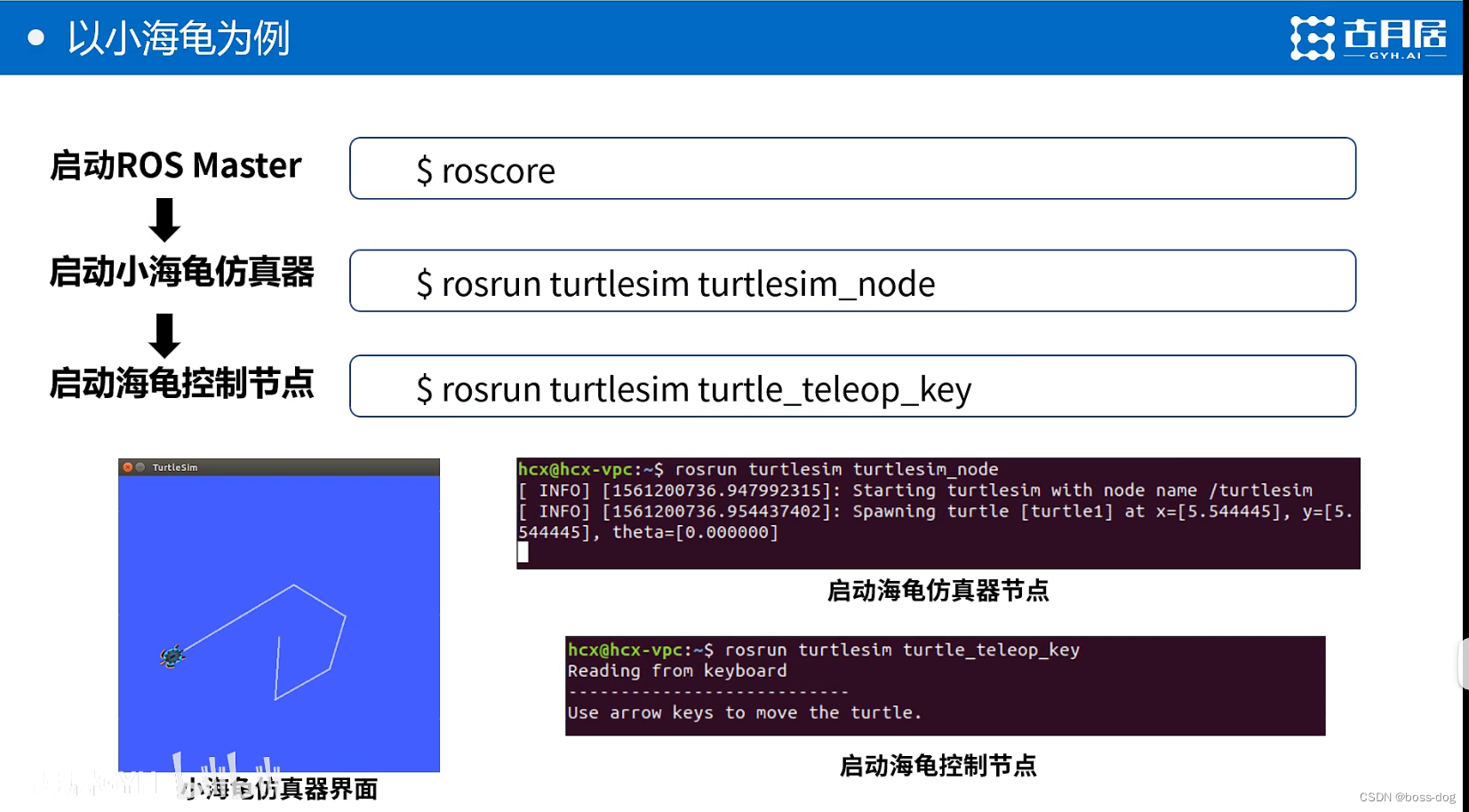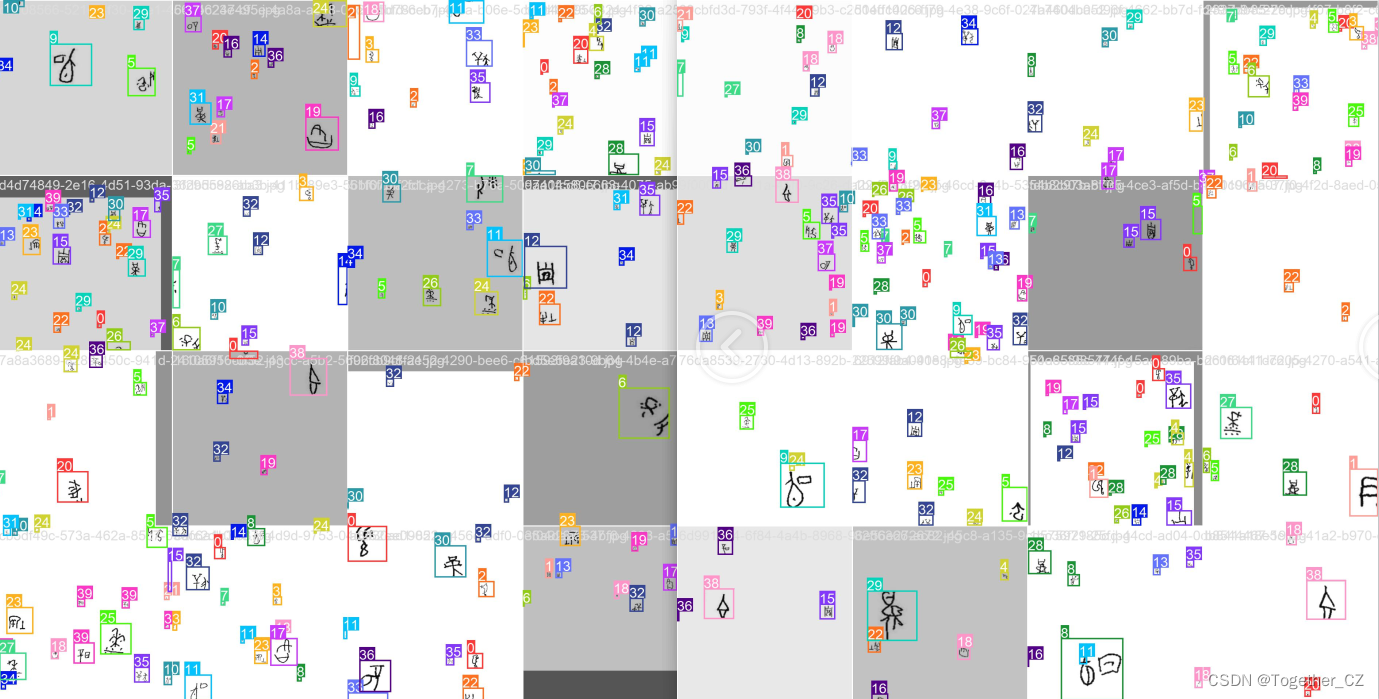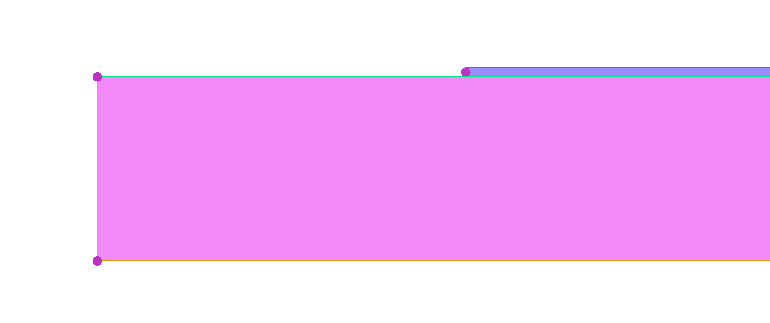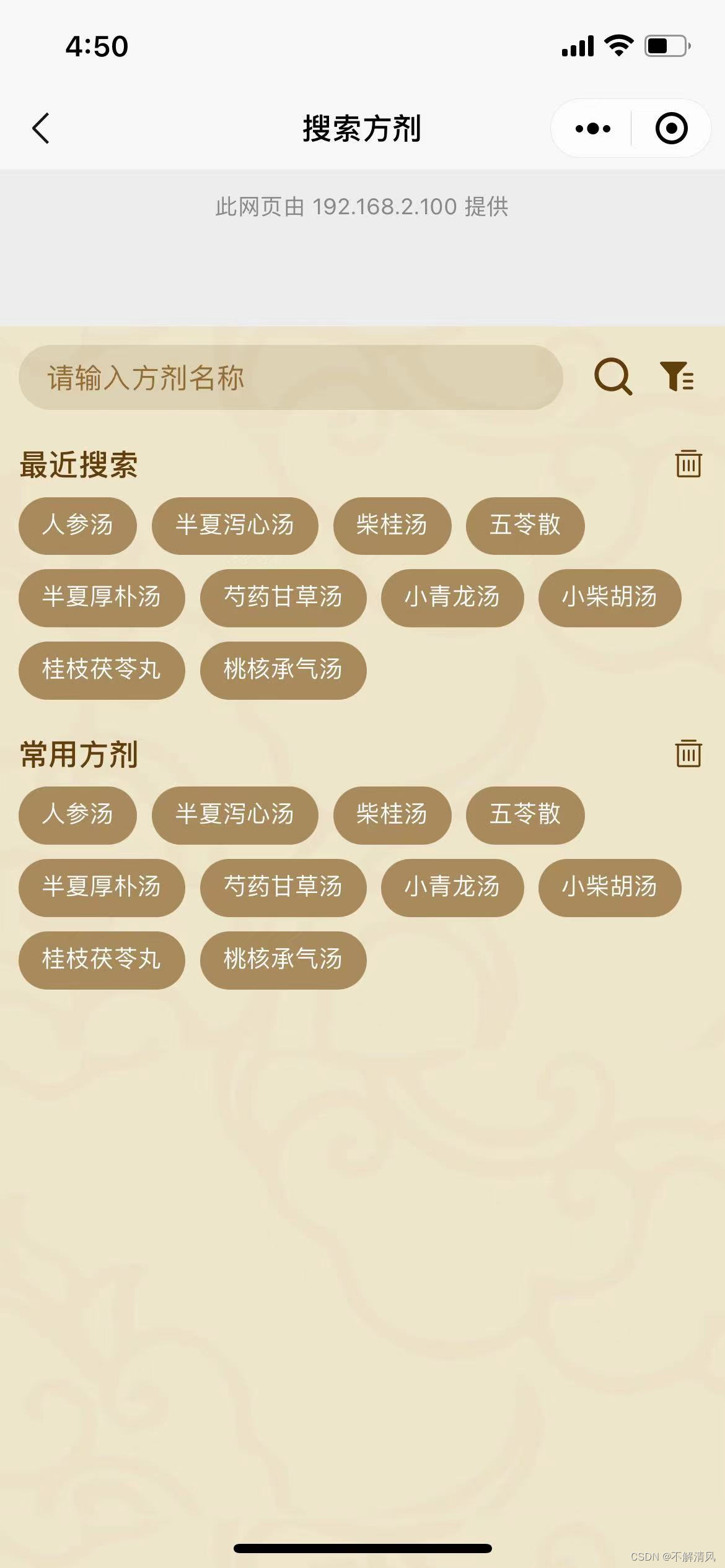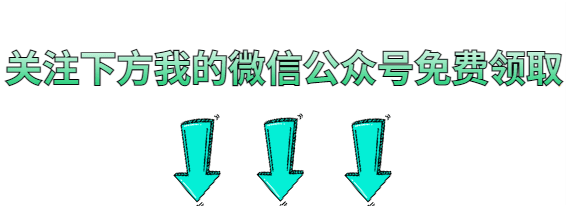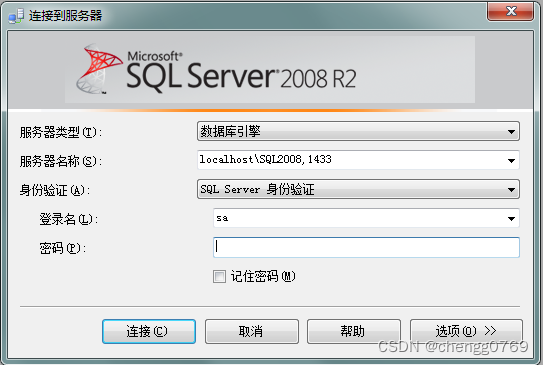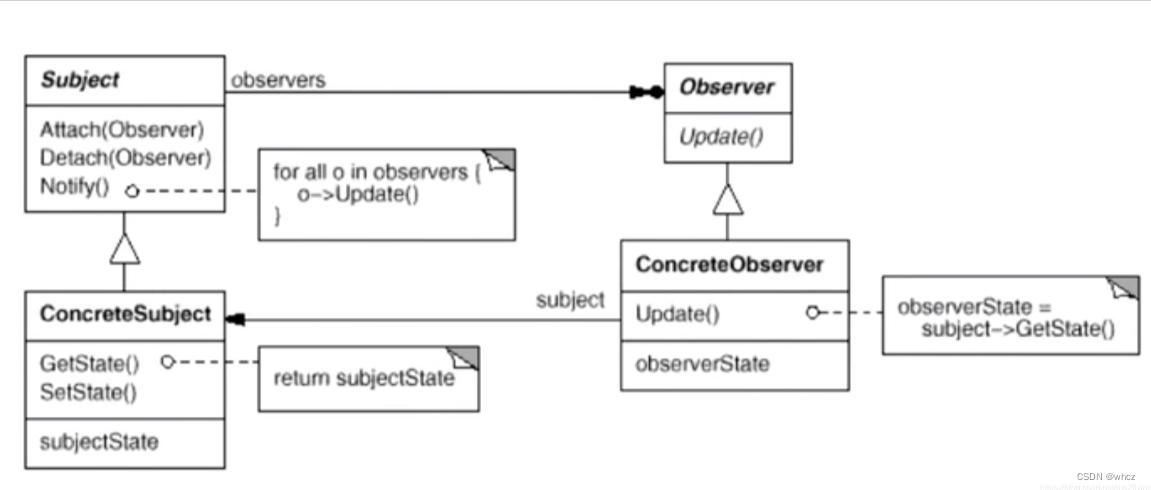此处对上个页面跳转适当增加内容,主要为List组件和grid组件的使用,适当熟悉最基本的容器Row和Column的使用
Login.ets
// @ts-nocheck
import router from '@ohos.router';
@Entry
@Component
struct TextDemo {
@State name:string =''
@State password:string = ''
build(){
Column(){
Row(){
}.height('100')
//图标
Row(){
Image($r('app.media.img'))
.width(100)
.height(100)
}.height('100')
Row(){
Text('登录界面')
.fontSize(25)
.fontColor(0x000000)
}.height(50)
Row(){
Text('登录账号以使用更多权限')
.fontSize(20)
.fontColor(0x999999)
}.height(50)
//账号
Row(){
TextInput({placeholder:'账号'})
.placeholderColor(0x999999)
.placeholderFont({
size: 20,
weight: FontWeight.Medium,
family: 'cursive',
style: FontStyle.Italic
})
.onChange((name : string)=>{
this.name = name
console.log('password:'+this.name)
})
}.height(50)
//密码
Row(){
TextInput({placeholder:'密码'})
.placeholderColor(0x999999)
.placeholderFont({
size: 20,
weight: FontWeight.Medium,
family: 'cursive',
style: FontStyle.Italic
})
.type(InputType.Password)
.onChange((password : string)=>{
this.password = password
console.log('password:'+this.password)
})
}.height(50)
//短信验证 忘记密码
Row(){
Text('短信验证登录')
.fontColor(0x0070ff)
Text('忘记密码')
.fontColor(0x0070ff)
}
.justifyContent(FlexAlign.SpaceAround)
.height(50)
.width('100%')
//登录按钮
Row(){
Button('登录',{
type:ButtonType.Capsule,
stateEffect:true
})
.width('80%')
.height(50)
.fontSize(18)
.onClick((event : ClickEvent)=>{
if(this.name === '123456' && this.password === '123456'){
router.pushUrl({
url:'pages/LoginSuccess',
params:{
name : this.name,
password : this.password
}
},
router.RouterMode.Standard)
console.log('登录成功'+this.name+this.password)
}else {
console.log('登录失败'+this.name+this.password)
}
})
}.height(100)
Row(){
LoadingProgress()
.width(100)
.height(100)
}.height(100)
Row({space: 40}){
Button('方式1',{
type:ButtonType.Circle,
stateEffect:true
}).width(60)
.height(60)
Button('方式2',{
type:ButtonType.Circle,
stateEffect:true
}).width(60)
.height(60)
Button('方式3',{
type:ButtonType.Circle,
stateEffect:true
}).width(60)
.height(60)
}
}.width('100%')
}
}
LoginSuccess.ets
import router from '@ohos.router';
import { DEFAULT } from '@ohos/hypium';
@Entry
@Component
struct LoginSuccess {
@State message: string = 'Hello World'
@State name: string = router.getParams()?.['name']
@State password: string = router.getParams()?.['password']
build() {
Column(){
Row(){
Text('登录成功')
.fontSize(15)
.fontColor(0x000000)
}.height(20)
Row(){
Text('用户名:'+this.name)
.fontSize(15)
.fontColor(0x000000)
}.height(20)
Row(){
Text('密码:'+this.password)
.fontSize(15)
.fontColor(0x000000)
}.height(20)
Button('返回')
.height('50')
.width('100')
.fontSize(20)
.onClick((event: ClickEvent)=>{
router.back({
url:'pages/Login'
})
})
}.width('100%')
}
}
//使用List组件构建列表
/*
* 1.定义列表数据对象:用于封装列表项数据
* 2.创建列表数据数组:为列表创建数据源
* 3.创建列表Item内容:构建列表项组件
* 4.使用ForEach构建列表:遍历数据源渲染列表项
*/
List组件的使用:
- 1.定义列表数据对象:用于封装列表项数据
- 2.创建列表数据数组:为列表创建数据源
- 3.创建列表Item内容:构建列表项组件
- 4.使用ForEach构建列表:遍历数据源渲染列表项
1.定义列表数据对象
main/ets下新建common文件夹,common文件夹下新建bean文件夹,bean新建ArkTS文件

ItemData.ets
//1.定义列表数据对象
export default class ItemData{
img?: Resource;
title?: Resource;
others?: Resource;
constructor(img?: Resource,title?: Resource,others?: Resource) {
this.img = img;
this.title = title;
this.others = others;
}
}
2.创建列表数据数组
ets新建viewmodel文件夹,新建MainViewModel.ets
//2.创建列表数据数组
import ItemData from '../common/bean/ItemDta';
export class MainViewModel{
getSettingListData():Array<ItemData>{
//定义数组
let settingListData: ItemData[]=[
new ItemData($r('app.media.menu'),$r('app.string.setting_list_menu'),null),
new ItemData($r('app.media.data'),$r('app.string.setting_list_data'),null),
new ItemData($r('app.media.about'),$r('app.string.setting_list_about'),null)
];
return settingListData;
}
}
export default new MainViewModel();//?
3.创建列表Item内容
4.使用ForEach构建列表
ets/view/setting.ets
import ItemData from '../common/bean/ItemData';
import MainViewModel from '../viewmodel/MainViewModel'
@Component
export default struct Setting{
@Builder
//单个List的渲染
settingCell(item: ItemData){
Row(){
Row({space:12}){
Image(item.img)
.height($r('app.float.setting_img_height'))//自定义尺寸
.width($r('app.float.setting_img_width'))
Text(item.title)
.fontSize(16)
}
if(item.others === null){
Image($r('app.media.more'))
.height(25)
.width(25)
}else {
Toggle({type: ToggleType.Switch,
isOn: false
})
}
}
.justifyContent(FlexAlign.SpaceBetween)
.height(100)
.width('100%')
}
//整个list的渲染
build(){
Scroll(){
Column({space: 12}){
List(){
ForEach(MainViewModel.getSettingListData(),(item: ItemData)=>{
ListItem(){
this.settingCell(item)
}.height(100)
},item=>JSON.stringify(item))
}
}.height('50%')
}
}
}
grid组件的使用
1.定义列表数据对象
可使用List的ItemData.ets
2.创建列表数据数组
在MainViewModel中写方法
getSettingGridData(): Array<ItemData>{
let settingGridData: ItemData[] =[
new ItemData($r('app.media.love'),$r('app.string.setting_grid_love')),
new ItemData($r('app.media.history'),$r('app.string.setting_grid_history')),
new ItemData($r('app.media.message'),$r('app.string.setting_grid_message')),
new ItemData($r('app.media.shop'),$r('app.string.setting_grid_message')),
new ItemData($r('app.media.target'),$r('app.string.setting_grid_target')),
new ItemData($r('app.media.circle'),$r('app.string.setting_grid_circle')),
new ItemData($r('app.media.collect'),$r('app.string.setting_grid_collect')),
new ItemData($r('app.media.recycle'),$r('app.string.setting_grid_recycle')),
]
return settingGridData;
}
3\4 创建Item和使用ForEach
新建MyGrid.ets
@Component
export default struct MyGrid{
build(){
Grid(){
ForEach(MainViewModel.getSettingGridData(),(item: ItemData)=>{
//单个grid
GridItem(){
Column(){
Image(item.img)
.height(40)
.width(40)
Text(item.title)
}.height(70)
.width(70)
.backgroundColor(0x999999)
}
},item=>JSON.stringify(item))
}
.rowsTemplate('1fr 1fr') //2行
.columnsTemplate('1fr 1fr 1fr 1fr')// 4列
.rowsGap(12)
.columnsGap(5)
.height(150)
.width('100%')
.margin({
top:10,
bottom:10
})
}
}







